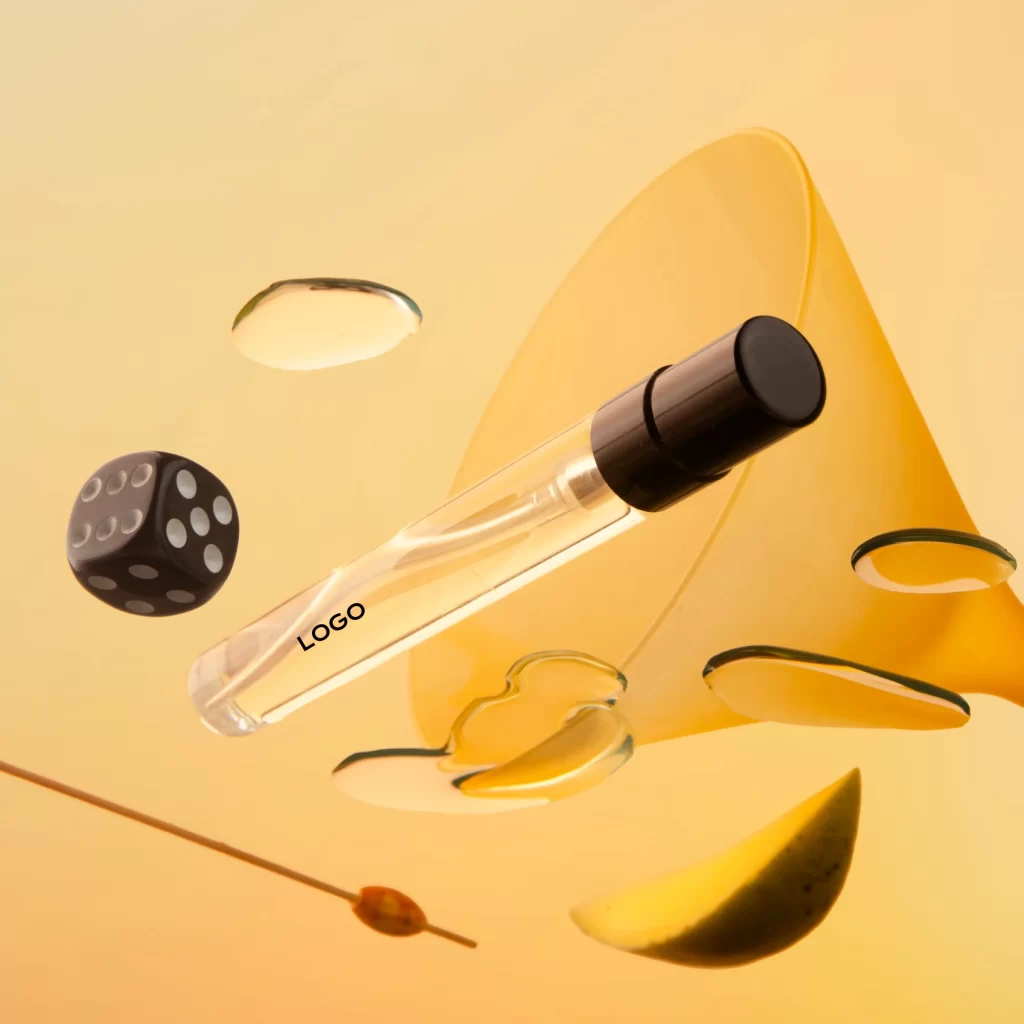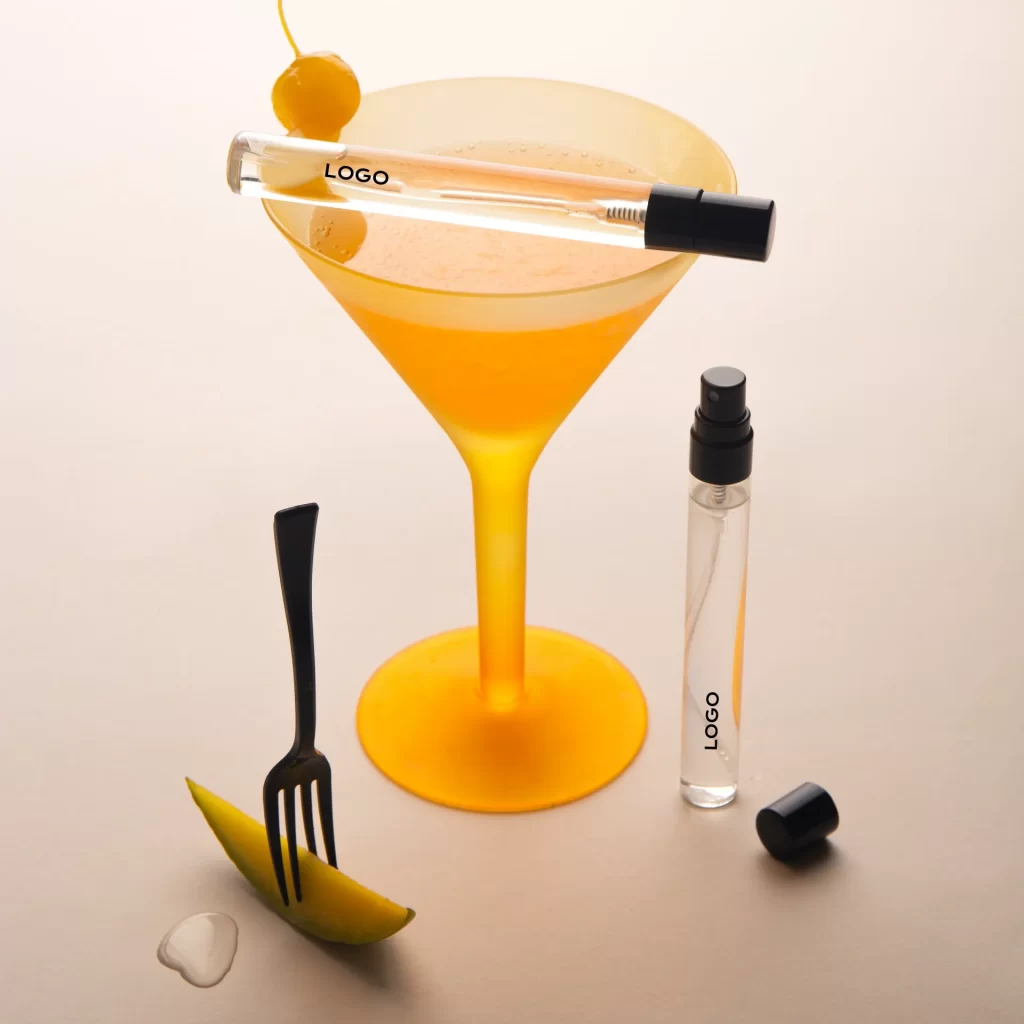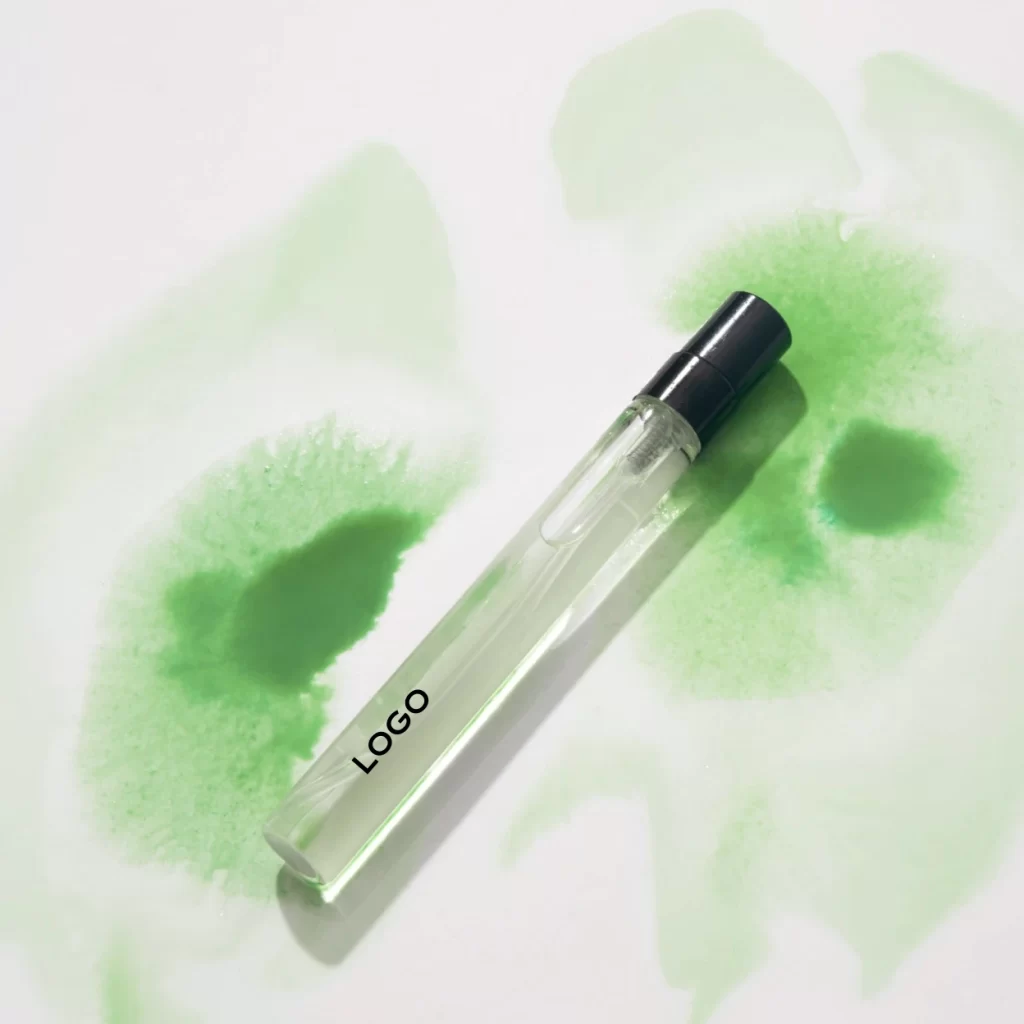How does Glass Spray Bottle Work? Explore the Working Principle
Glass spray bottles are widely used in beauty, home cleaning, aromatics and many other fields, not only for storing and dispensing liquids,, but also to ensure a precise and uniform spray effect. In the beauty field, it is used to evenly spray perfumes, cosmetics and other products; in home cleaning and air fresheners, spray bottles provide a convenient and economical experience. As an everyday product, spray bottles play an important role in convenience, hygiene and control of usage. In this article, we will analyze the basic structure of a glass spray bottle and how it works in detail to help understand how it achieves efficient spraying results.
Basic composition of glass spray bottles
The structure of a glass spray bottle consists of several key parts that work in tandem to ensure its spraying effect and usage experience:
-
- Bottle: Made of glass, it has certain environmental advantages and is easy to recycle and reuse. Glass is also chemically resistant and will not react with the liquid inside the bottle, ensuring the purity of the liquid. The transparent and smooth texture of the bottle is also more aesthetically pleasing and advanced.
- Pump Head: This is the most critical part of the glass spray bottle, responsible for sucking out and spraying the liquid inside the bottle. The pressure generated by pressing the pump head pushes the liquid into the straw and eventually sprays it out through the nozzle.
- Suction Tube: connects the pump head with the bottom of the bottle, used to suck the liquid from the bottom of the bottle, ensuring that the liquid inside the bottle is effectively absorbed and utilized under the action of the pump head. The length and diameter of the suction tube are adjusted according to the bottle design.
- Nozzle: The nozzle determines the spraying state of the liquid. It regulates whether the sprayed liquid is presented as a fine mist or larger droplets by controlling the liquid flow and outlet pressure, thus adapting to the needs of different applications.
The working principle of glass spray bottles
Glass spray bottles work on the principle of opportunity liquid aspiration and spraying process. The specific working principle can be divided into the following steps:
Liquid Aspiration Process
-
- When the pump head is pressed: the spring and piston in the pump body are compressed, pushing air or liquid out. As the piston moves down, the liquid inside the bottle is guided by the suction tube to the inside of the pump body.
- The purpose of the suction tube is to draw the liquid from the bottom of the bottle into the pump body through a fixed path, ensuring that the liquid inside the bottle can be fully utilized and will not be left behind due to its low position.

-
- The work of the one-way valve: the one-way valve in the pump body prevents the liquid from flowing backward, ensuring that the liquid can only enter the pump body along the set path, and will not flow back into the bottle, thus enhancing the efficiency of spraying.
Spraying Process of Liquids
-
- When the pump head is released, the spring returns to its original position and pushes the piston upward, and the liquid in the pump body is compressed and moves upward along the pipe. At this point, the liquid is forced to be sprayed through the nozzle.
- Nozzle adjustment: The nozzle design determines the spray pattern. By changing the size or shape of the nozzle outlet, you can control the size of the range in which the liquid is sprayed, forming a mist effect or droplet spray of different densities.
Atomization Principle
-
- Spray Velocity: The liquid speeds up as it passes through the narrow channel in front of the nozzle, causing it to be sprayed at a high velocity. This process utilizes the increased liquid flow rate to form fine mist particles.
- Physical Dispersion: As the liquid passes through the nozzle at high speed, it is forcefully dispersed into tiny droplets, creating a uniform spray. This atomization effect allows the spray bottle to distribute the liquid evenly, and is particularly useful for the even application of perfumes or detergents.
Factors affecting the effectiveness of spraying
The spray effect of a glass spray bottle can be affected by several factors, from the design of the nozzle to the characteristics of the liquid, which can determine the quality of the final spray presented.
Nozzle Design
-
- Different shapes of nozzles can have a direct impact on the particle size and range of the spray. Smaller nozzle openings produce a finer mist of particles suitable for the even application of cosmetics or perfumes.
- The angle of the nozzle design: wide angle nozzles can cover a large surface area and are suitable for room fragrance or cleaning large areas, while narrow angle nozzles are more suitable for spot spraying to ensure that the liquid is concentrated on the target area.
Pump Head Pressure
-
- Pressure and speed have a direct impact on the effectiveness of the spray. Higher press force and faster press frequency creates more pressure, resulting in a finer mist. With less pressure, the spray may appear as larger droplets, and the range and uniformity of the spray will be limited.
- The resilience of the pump head is also important. A pump head with a fast rebound speed completes the suction and spray cycle in a shorter period of time, providing a continuous and even misting experience.
Liquid Viscosity and Density
-
- Highly viscous liquids (such as certain oils or viscous serums) are difficult to atomize finely through the nozzle, so larger droplets may be produced when spraying, making for a less uniform spray.
- Low-viscosity liquids (such as water or alcohol-based liquids), on the other hand, are easily atomized to form an even spray, making them suitable for products that require broad coverage and fast absorption.
- The density of the liquid also affects the spray effect. Denser liquids may require higher pressure to be sprayed effectively, affecting their atomization and spray distance.
Amount of Liquid Remaining in the Bottle
-
- The lower the liquid level, the more difficult it is to draw up the liquid, especially if the pipette does not fully reach the bottom of the bottle or if there is insufficient pressure at the pump head, the spraying effect will be significantly reduced. At this point, there may be no spraying of liquid or uneven spraying of coarse liquid.
Innovation and future trends
With the enhancement of environmental awareness and the continuous development of technology, glass spray bottles are also experiencing innovation and progress, the following aspects show its future trends:

Environmental Trend
-
- Recycling and sustainability: Compared to plastic spray bottles, glass is more environmentally friendly, enabling multiple recycling and reducing the waste of single-use plastics. In the future, more brands and consumers will prefer glass spray bottles to reduce the burden on the environment. At the same time, glass spray bottles can be made into a truly sustainable packaging option by replacing the life of the pump head or nozzle.
Technology Improvements
-
- More efficient pump head design: The future of pump head design will move towards more efficient and easier handling. By improving the design of the internal springs and valves, the spray bottle’s pump head will be able to generate higher spray pressure with less pressing force. Further enhance the atomization effect. This will enhance the fineness and uniformity of the spray, especially in cosmetics and care products, to better meet users’ needs.
CONCLUSION
The glass spray bottle effectively atomizes the liquid into a fine spray by using the principle of suction and jetting through the delicate pump head and nozzle design. It has become an indispensable form of packaging for a wide range of applications in daily life, from cosmetics to detergents, by virtue of its highly effective spraying effect, chemical-resistant glass material and unique aesthetics.
Glass spray bottles have significant advantages in environmental protection, recyclable, reducing plastic waste, in line with the concept of sustainable development. At the same time, the transparency and texture of the glass material also enhances the overall aesthetics of the product.
Looking to the future, glass spray bottles will move towards a more environmentally friendly and efficient development. More efficient pump head design and the application of smart sensors will further enhance the experience and convenience of use, helping the glass spray bottle to continue to innovate and develop in daily life and market demand.

 Italiano
Italiano Português
Português
